Written by Noor’ain Aini
“This trip wasn’t just about studying, it changed how we see the world.” That pretty much sums up the experience for a group of 35 International Relations students from the Faculty of Social Sciences and Humanities, UNIMAS, who recently returned from a five-day study trip to Ho Chi Minh City, Vietnam (30 June – 4 July 2025) with Madam Noor’ain Aini and Madam Dayangku Norasyikin Awang Tejuddin as acting chaperones.
With the theme “Fostering ASEAN Ties”, the annual trip is all about blending academics with real-world experience, and this year’s edition definitely delivered. From deep cultural immersion to meaningful academic exchanges, the students came away with more than just notes, they came back with new perspectives.
One of the main highlights was a special session at the Malaysian Consulate General in Ho Chi Minh City. Hosted by Dr. Azriey Mazlan, Consul of Education Malaysia, students got a rare behind-the-scenes look at what it takes to implement foreign policy and run consular services. It also gave them a better sense of how diplomacy plays out in real life, not just in theories they learned back in UNIMAS.
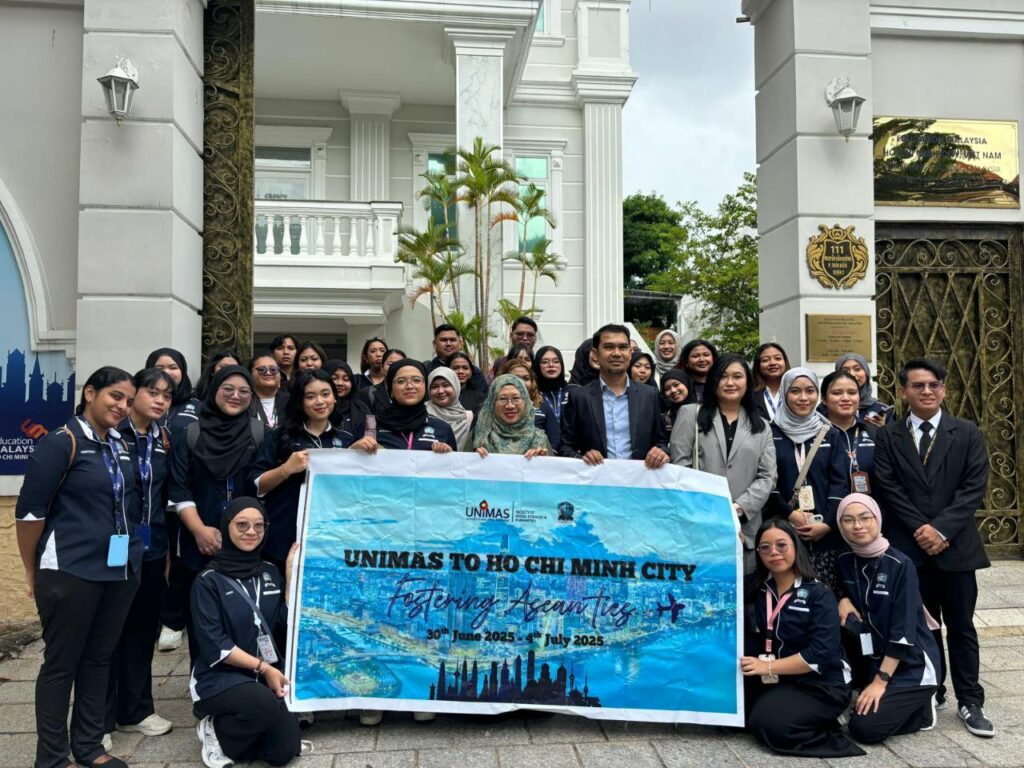
Another memorable part of the trip was a collaborative session with students from the International Exchange Club (IEC) at the Ho Chi Minh City University of Social Sciences and Humanities. With Malaysia currently chairing ASEAN under the theme “Inclusivity and Sustainability”, students from both countries had meaningful conversations about youth participation in ASEAN and the importance of regional cooperation. They even got to explore a bit of each other’s cultures through a fun traditional costume showcase.
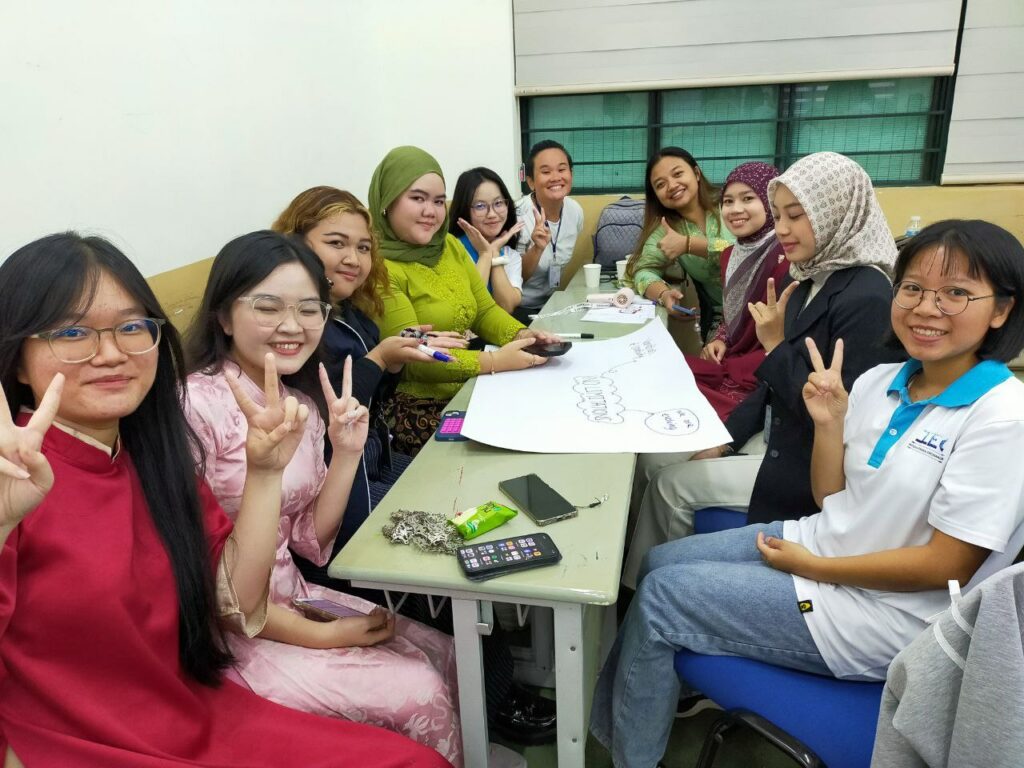
Outside academic activities, the group explored some of Vietnam’s most iconic cultural and historical sites. A visit to the elaborated underground tunnel system at Cu Chi gave everyone a hauntingly vivid look into Vietnam’s wartime history. Walking through the narrow underground passages illustrated the local ingenuity and resilience of the Viet Congs against Western imperialism which left a profound impact on students.
“Being inside those tunnels was surreal. You could really feel the grit, determination and resourcefulness of the people who built and used them,” said Program Director, Idia Eleanor.
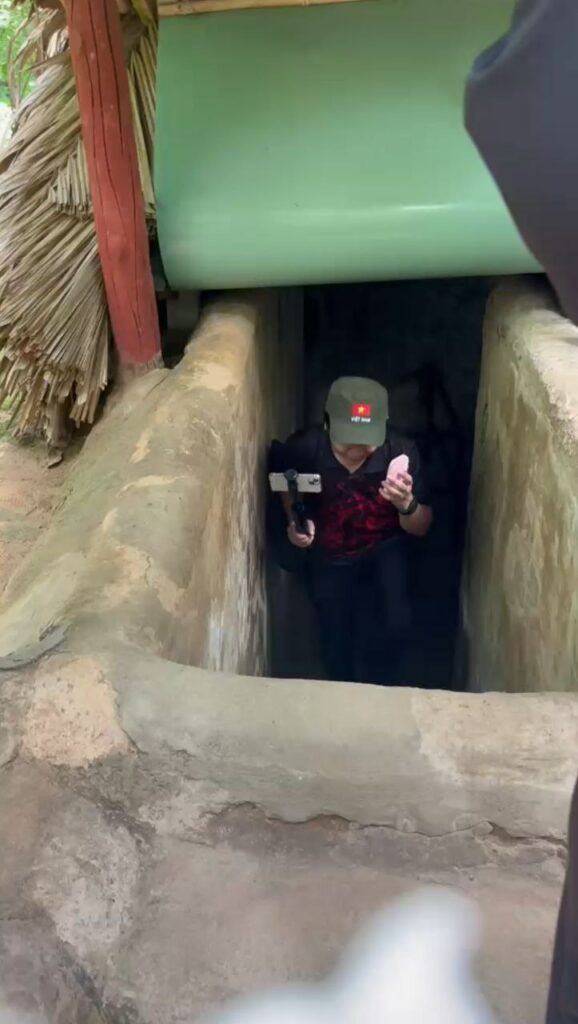
One particularly powerful moment came during their visit to the Vietnam War Museum, where the realities of conflict hit home. The visit unsettled all participants as they were confronted with the deep human cost of a conflict shaped by Cold War rivalries and superpower interference. Graphic displays and personal stories revealed the cruelty of U.S. military actions with the use of chemical weapons like napalm and Agent Orange – underscoring the harsh realities of how developing nations like Vietnam often bear the brunt of power struggles between developed countries.
“This is my third visit to the museum, and each time, I was left shaken by the images, knowing these were real lives – often of innocent civilians – caught in the crossfire of history. Stories of the cruelty of politics, of pain, resilience, and loss that textbooks could never fully capture. It was a sobering reminder of how geopolitical decisions made far away can leave scars on ordinary lives for generations,” Madam Noor’ain Aini expressed solemnly.
Students also had the opportunity to admire local craftsmanship at a lacquerware workshop, where they observed the intricate process of traditional lacquer painting. However, this was no ordinary workshop. The factory was established by the Vietnamese government as part of a social initiative to support victims of Agent Orange and provide them with meaningful employment towards financial independence.
In addition to this cultural experience, students visited the historic Reunification Palace – also known as the Presidential Palace – which played a pivotal role in Vietnam’s modern history. It was here, on April 30, 1975, that a North Vietnamese tank famously crashed through the gates, signaling the fall of Saigon and the end of the Vietnam War. The palace, once the seat of the U.S.-backed South Vietnamese government, now stands as a powerful symbol of reunification and national resilience.
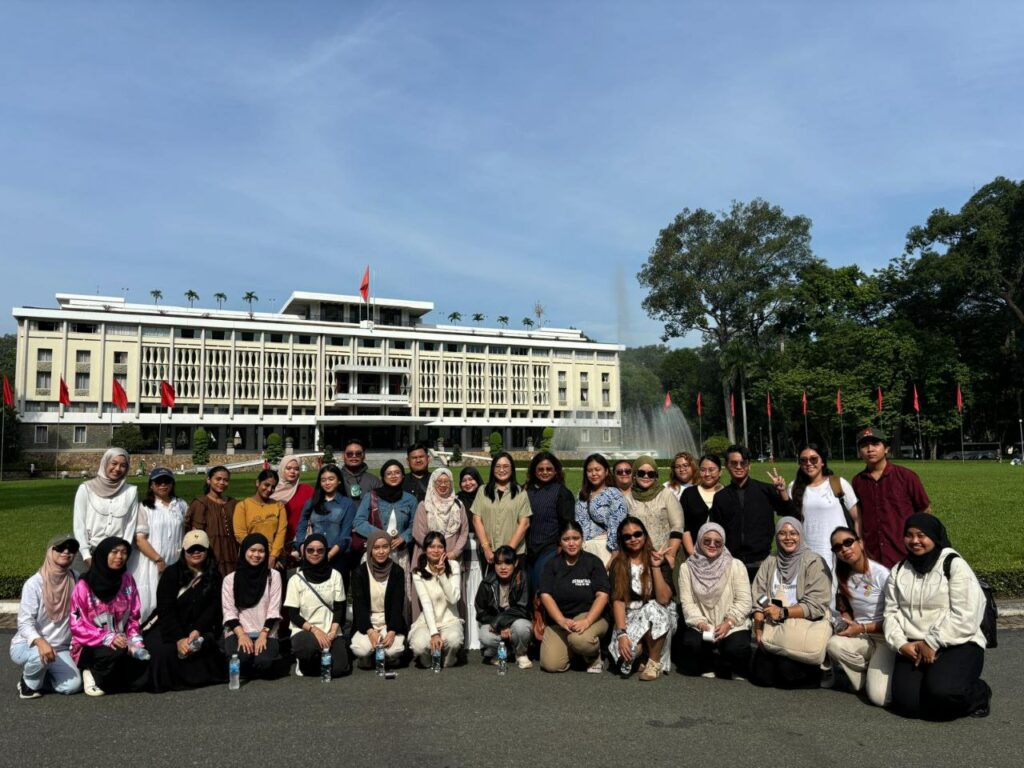
The group also went on a river adventure cruising down the Mekong, getting up close with the local way of life – sampling coconut candy, visiting a bee farm, riding in horse carts, enjoying Vietnamese traditional music, and even paddling in traditional sampans. These moments helped spark discussions on environmental issues and the geopolitical dynamics between five Southeast Asian countries that share the Mekong River with China. Coincidently, the students had just held a mock negotiation on hydro-politics the week before, using the Mekong and Nile river conflicts as case studies!
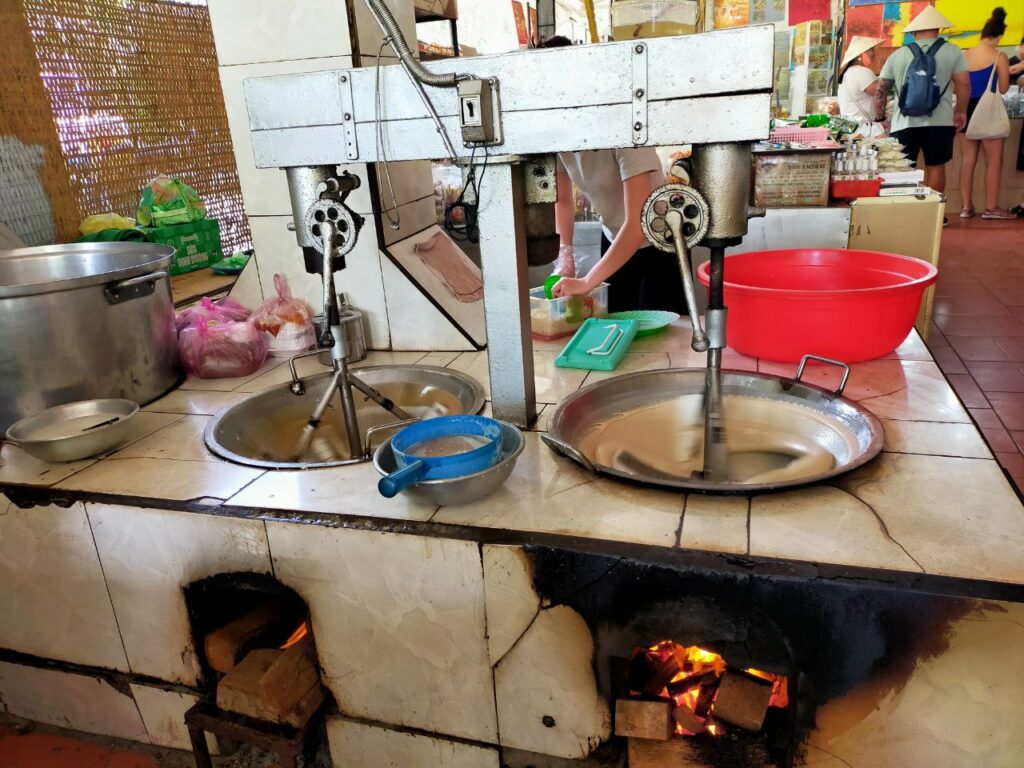
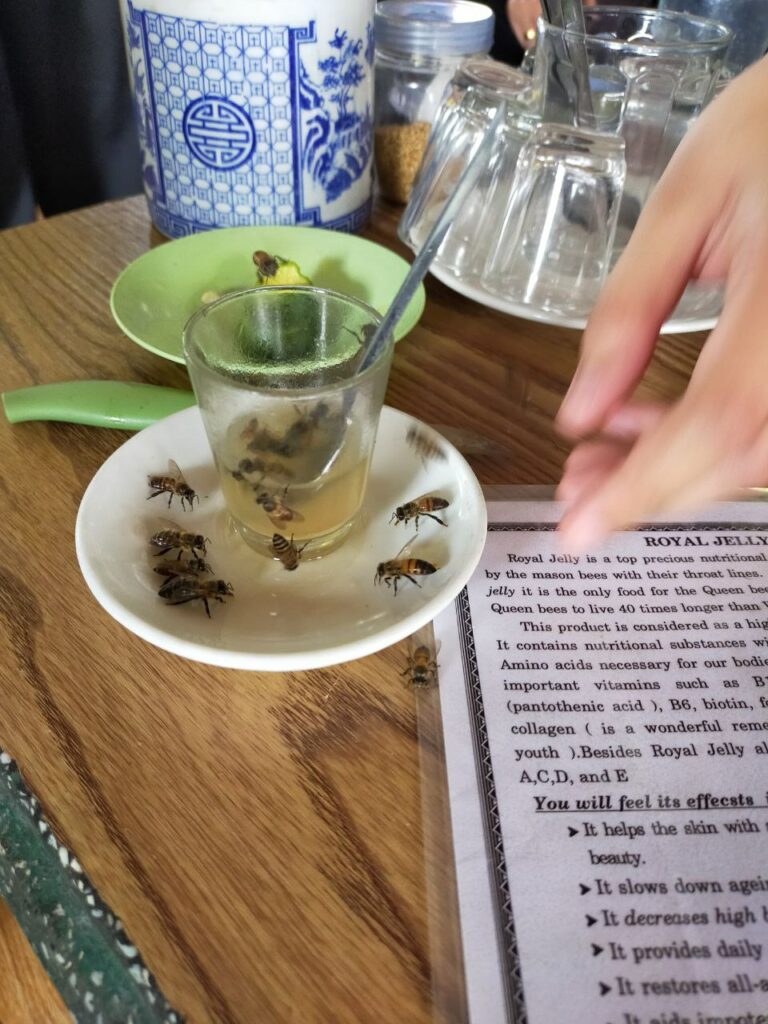
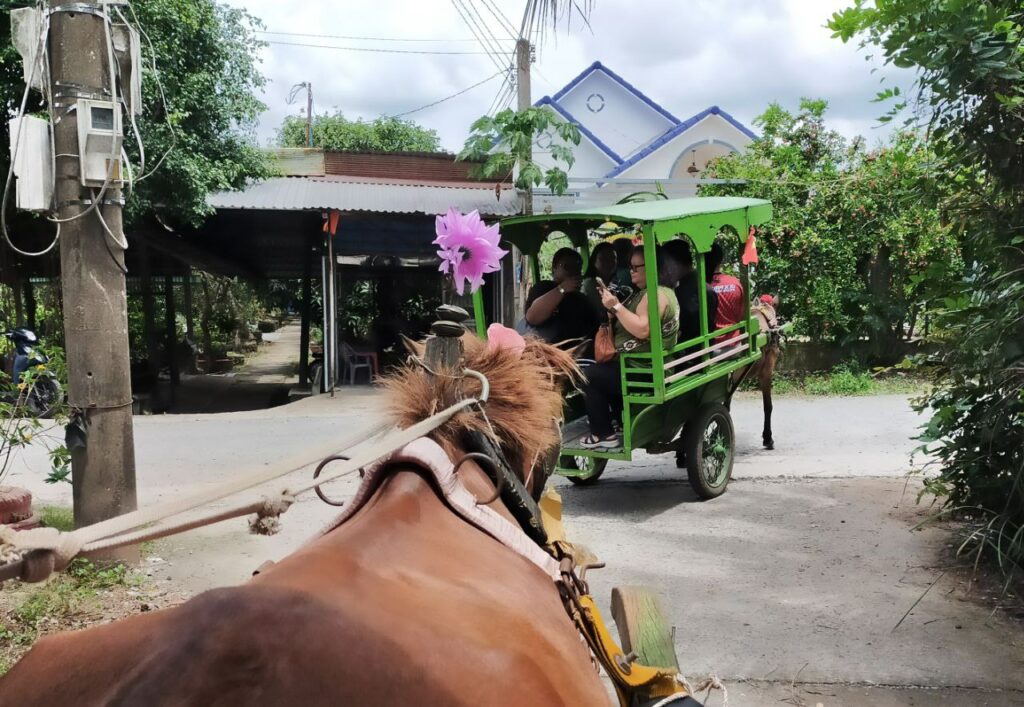
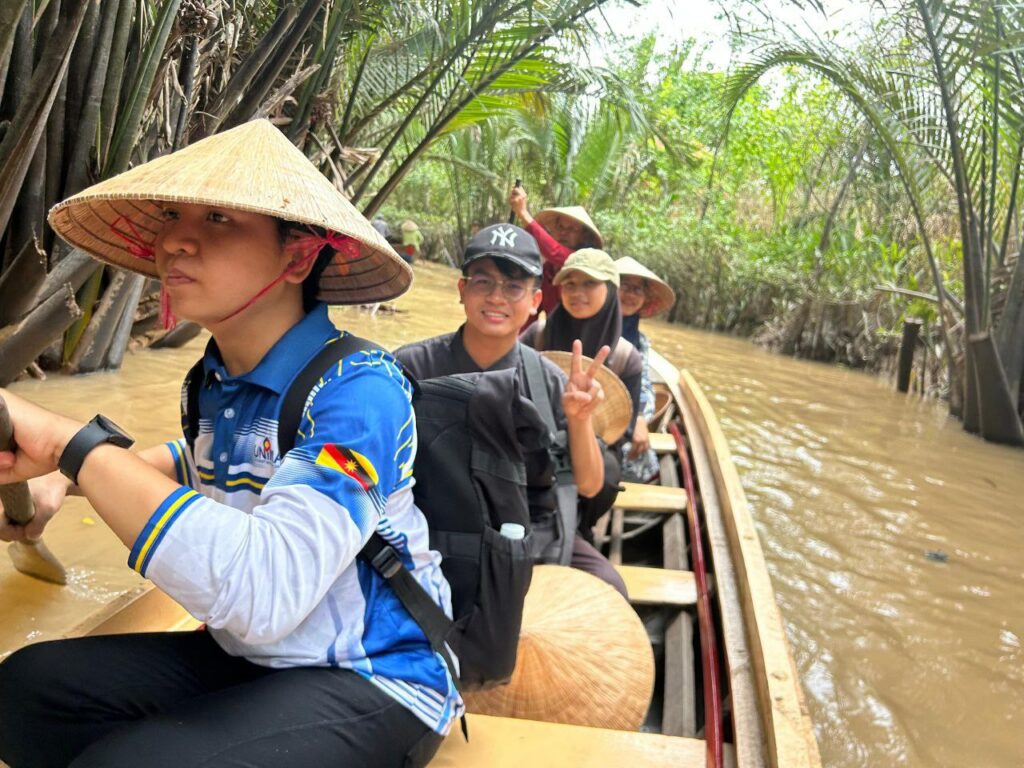
Back in the city, students toured major landmarks like the Old Saigon Post Office, Notre Dame Cathedral, and the Opera House. These buildings, with their grand facades and European design, are lasting reminders of French colonial past in Vietnam and its influence on the city’s architectural heritage.
Besides splurging on authentic Vietnamese cuisine, the students also explored Book Street and soaked in the vibrant street life of Ho Chi Minh City, visiting spots like the Café Apartment to savor rich Vietnamese coffee. One thing worth pointing out, the government’s efforts to make Ho Chi Minh City greener is highly commendable, with parks and numbered trees lining the streets almost everywhere in the heart of the city.
To round out the experience, students had the chance to test their financial management and sharpen their bargaining skills at what we fondly called, “supporting the local economy”.
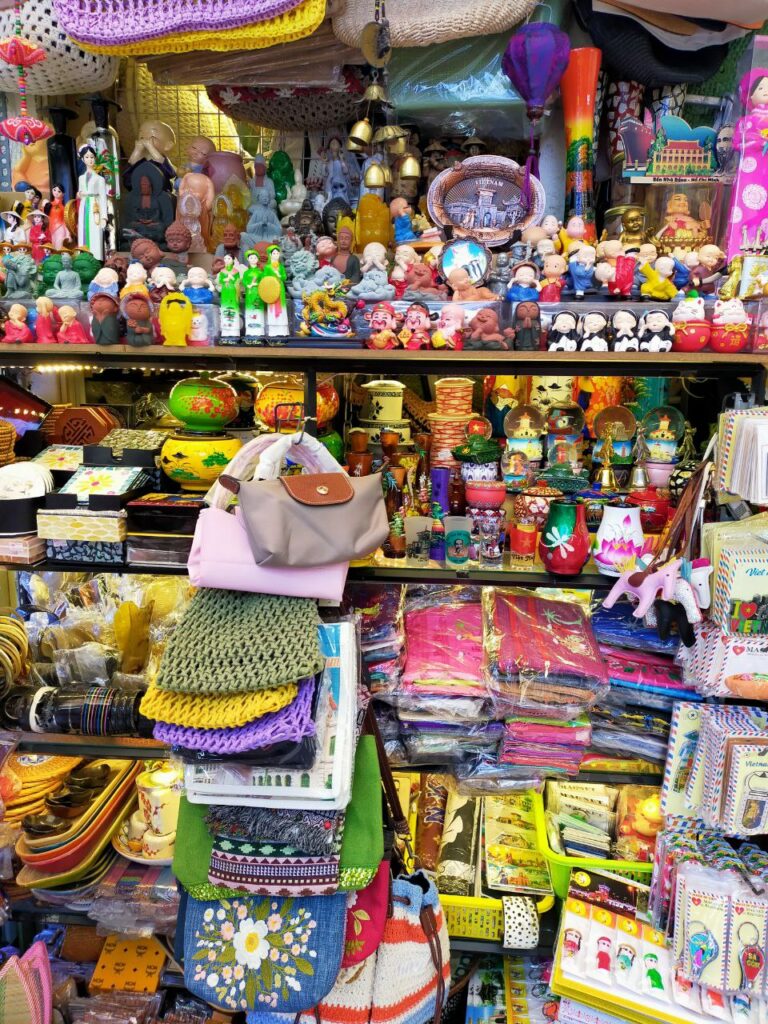
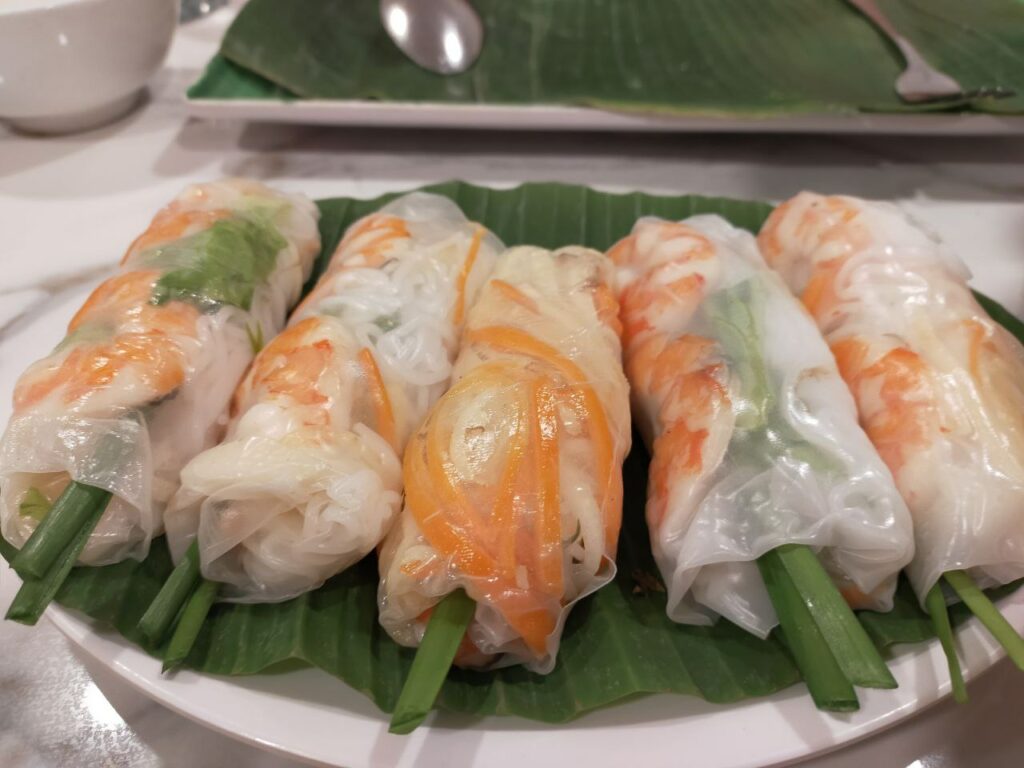
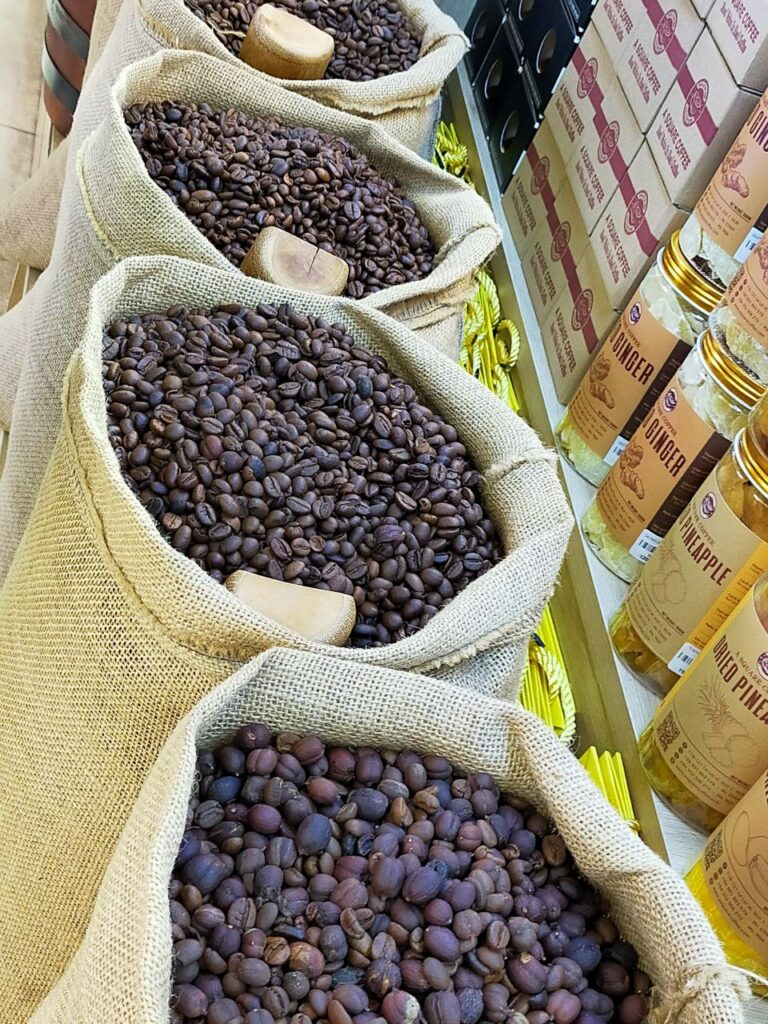
The lecturers who joined the trip said the program achieved exactly what it set out to do: connect classroom theory with real-world context.
“We want our students to see international relations in action, to learn by doing, seeing, and experiencing. This trip pushed them to think deeply, engage with others, and really understand the global dynamics and issues they’ve explored in their studies,” Madam Dayangku Norasyikin stated.
In sum, the International Relations Program study trip to Ho Chi Minh City successfully blended academic learning with cultural immersion that gave students powerful real-world insights into diplomacy, history, and regional cooperation far beyond the classroom.
FSSH – A Partner for Social Change